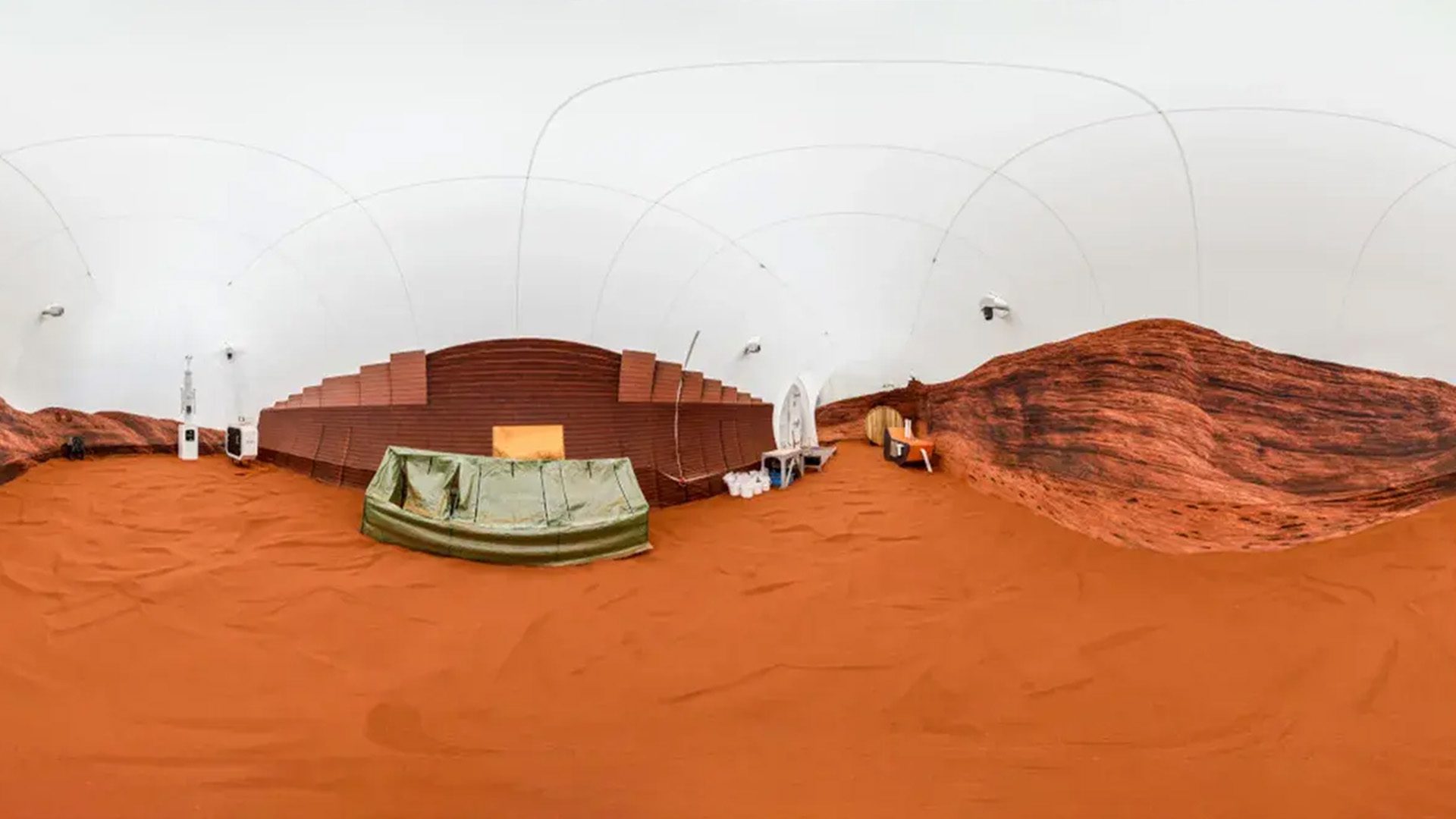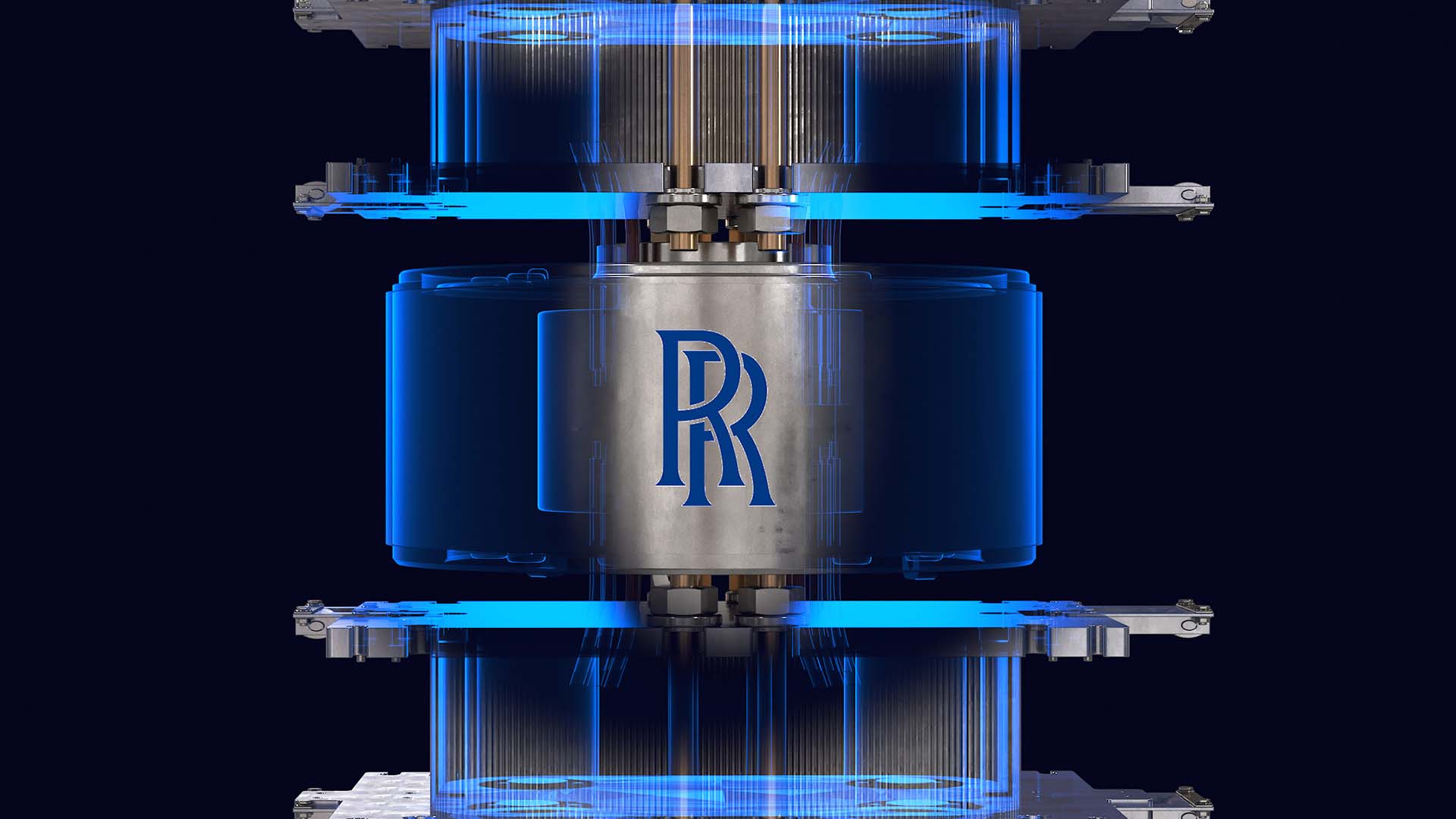On June 25, four “analog astronauts” began NASA’s experiment of living in a Mars-like environment for the next twelve months. This is the first of three missions that will simulate Mars’ living conditions on Earth.
CHAPEA’s 4 person crew just entered their home for the next year. They’re simulating a Mars mission to help assess health and performance in relation to Mars resource limitations in isolation and confinement. The door is officially closed and the mission has begun. Go Crew 1! pic.twitter.com/KKWKQ1opwg
— NASA’s Johnson Space Center (@NASA_Johnson) June 25, 2023
The Mars recreation experiment is called CHAPEA, which stands for Crew Health and Performance Exploration Analog. The ground-based habitat, designated as Mars Dune Alpha, is housed at NASA’s Johnson Space Center in Houston.
Participating in the mission are four volunteers handpicked by NASA: Kelly Haston, Ross Brockwell, Nathan Jones, and Anca Selariu. The volunteers were selected based on a variety of criteria, including a STEM degree, professional experience in their chosen industry, and flying or military experience. All volunteers were subjected to the same medical and psychological tests necessary for real astronaut missions to Space.

The crew will reside in the 1,700-square-foot habitat that was constructed using 3D-printing technology. It comprises various activity rooms for the crew, such as private quarters, a kitchen, and designated facilities for medical research, research, exercise, and crop development. Other than a few Mars walks in an adjacent 1,200-square-foot enclosed Mars sandbox, the participants will not leave Mars Dune Alpha for the whole year.
The experiment will simulate the challenges of a human mission on Mars, such as resource limitations, equipment failure, communication delays, and other environmental stressors. For sustenance, the crew will depend on freeze-dried, thermostabilized, and shelf-stable food items.
Mission scientists will remotely watch and study the four participants throughout the year. They will also instruct the volunteers to perform additional activities like simulated spacewalks, crop growth, science experiments, robotic operations, and habitat maintenance. Additionally, the crew will encounter unexpected problems periodically so researchers can observe how they react.

CHAPEA’s main objective is to aid NASA in designing and planning successful manned missions on the Martian surface. As Grace Douglas, CHAPEA’s principal investigator, explained in a statement, “The simulation will allow us to collect cognitive and physical performance data to give us more insight into the potential impacts of long-duration missions to Mars on crew health and performance. Ultimately, this information will help NASA make informed decisions to design and plan for a successful human mission to Mars.”







